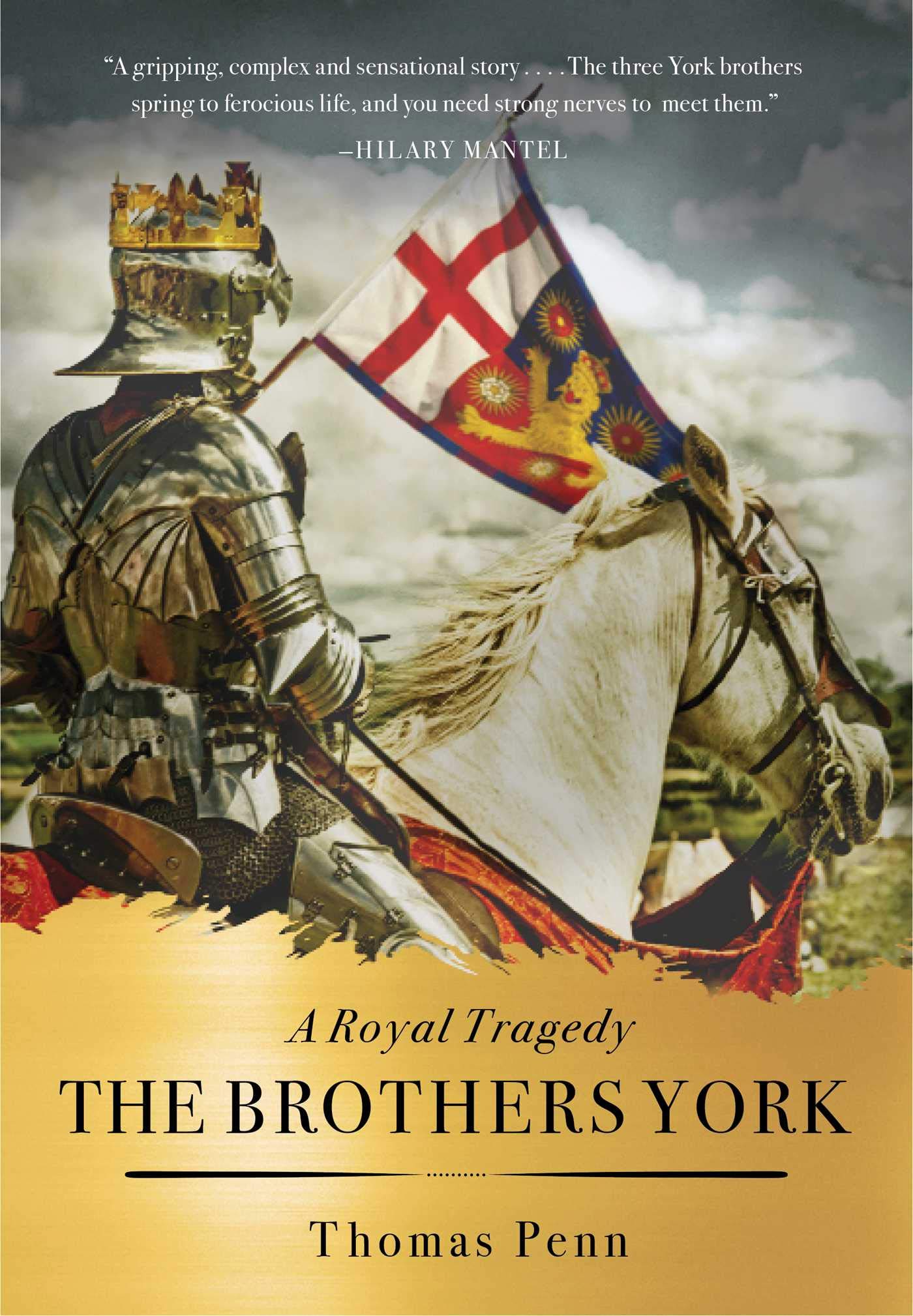2018 School Spending Survey Report
The Brothers York: A Royal Tragedy
COPY ISBN
 King Edward IV of England (1442–61) is perhaps most well known to readers as the father of the “princes in the tower”—Edward and Richard—murdered by the Duke of Gloucester, Richard III. But William Shakespeare’s play, Richard III, condenses the time line of this period in England’s history so much that it is easy to forget Edward was king for more than 20 years and died of natural causes. In this readable title, Penn (The Winter King) paints a picture of a fun-loving adonis, reminiscent of his grandson Henry VIII, who nonetheless had a dark side. The largest part of the book covers the early years of Edward’s reign when all three “brothers York” were alive. Edward fancied himself a great diplomat and loved to play rivals off one another, whether the King of France and the Duke of Burgundy or his brothers Richard and Clarence. As he aged, Edward grew ever more prone to excesses and paranoia. Although his betrayal of Clarence is still shocking several centuries later, one can clearly see the events that led up that tragedy. Richard’s subsequent betrayal of Edward’s sons is likewise foreshadowed.
King Edward IV of England (1442–61) is perhaps most well known to readers as the father of the “princes in the tower”—Edward and Richard—murdered by the Duke of Gloucester, Richard III. But William Shakespeare’s play, Richard III, condenses the time line of this period in England’s history so much that it is easy to forget Edward was king for more than 20 years and died of natural causes. In this readable title, Penn (The Winter King) paints a picture of a fun-loving adonis, reminiscent of his grandson Henry VIII, who nonetheless had a dark side. The largest part of the book covers the early years of Edward’s reign when all three “brothers York” were alive. Edward fancied himself a great diplomat and loved to play rivals off one another, whether the King of France and the Duke of Burgundy or his brothers Richard and Clarence. As he aged, Edward grew ever more prone to excesses and paranoia. Although his betrayal of Clarence is still shocking several centuries later, one can clearly see the events that led up that tragedy. Richard’s subsequent betrayal of Edward’s sons is likewise foreshadowed.
VERDICT Penn’s latest is a treat for dedicated readers of English history who know the outlines of the story covered but wish to learn more.
RELATED
ALREADY A SUBSCRIBER? LOG IN
We are currently offering this content for free. Sign up now to activate your personal profile, where you can save articles for future viewing




Comment Policy:
Comment should not be empty !!!